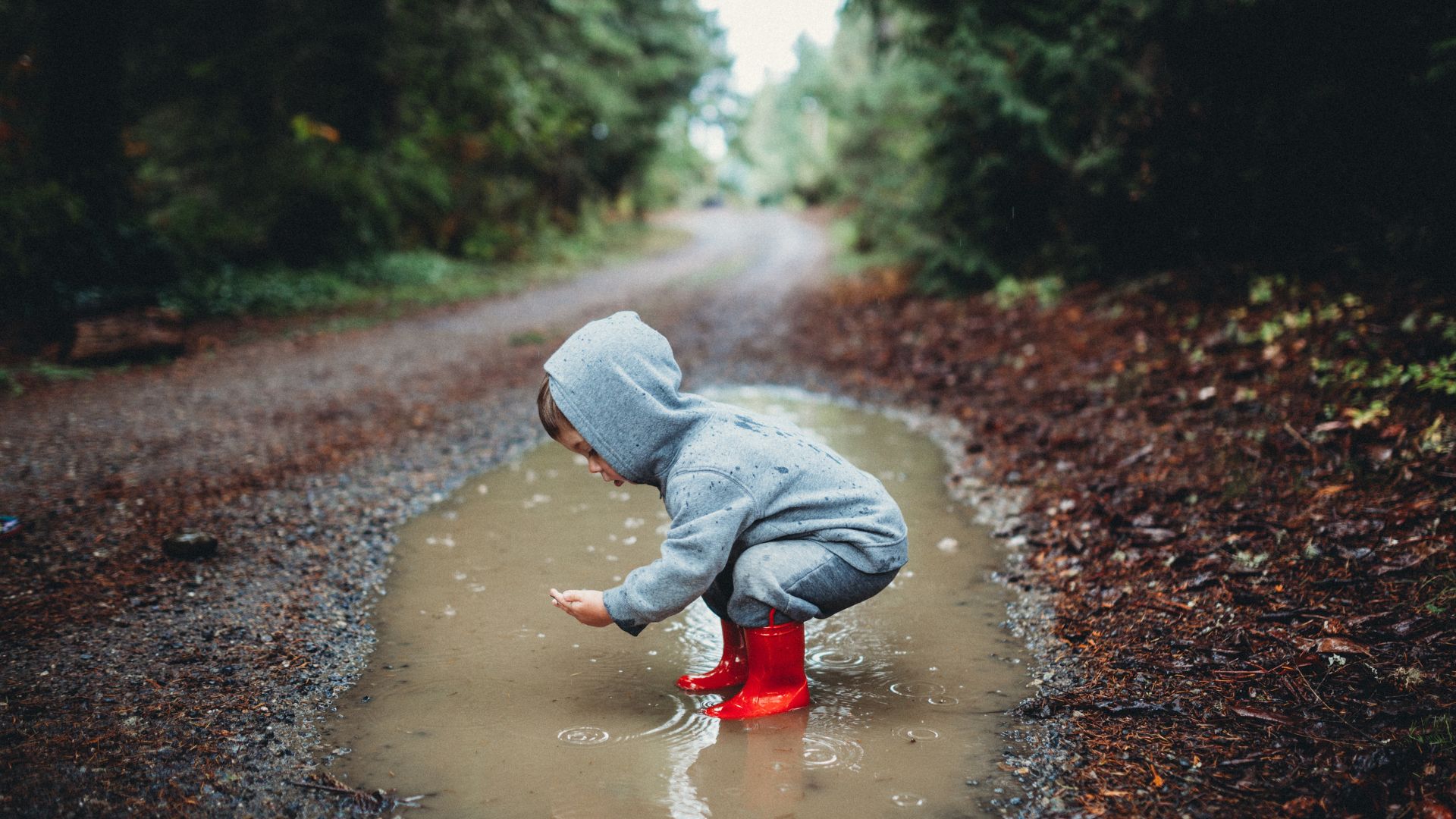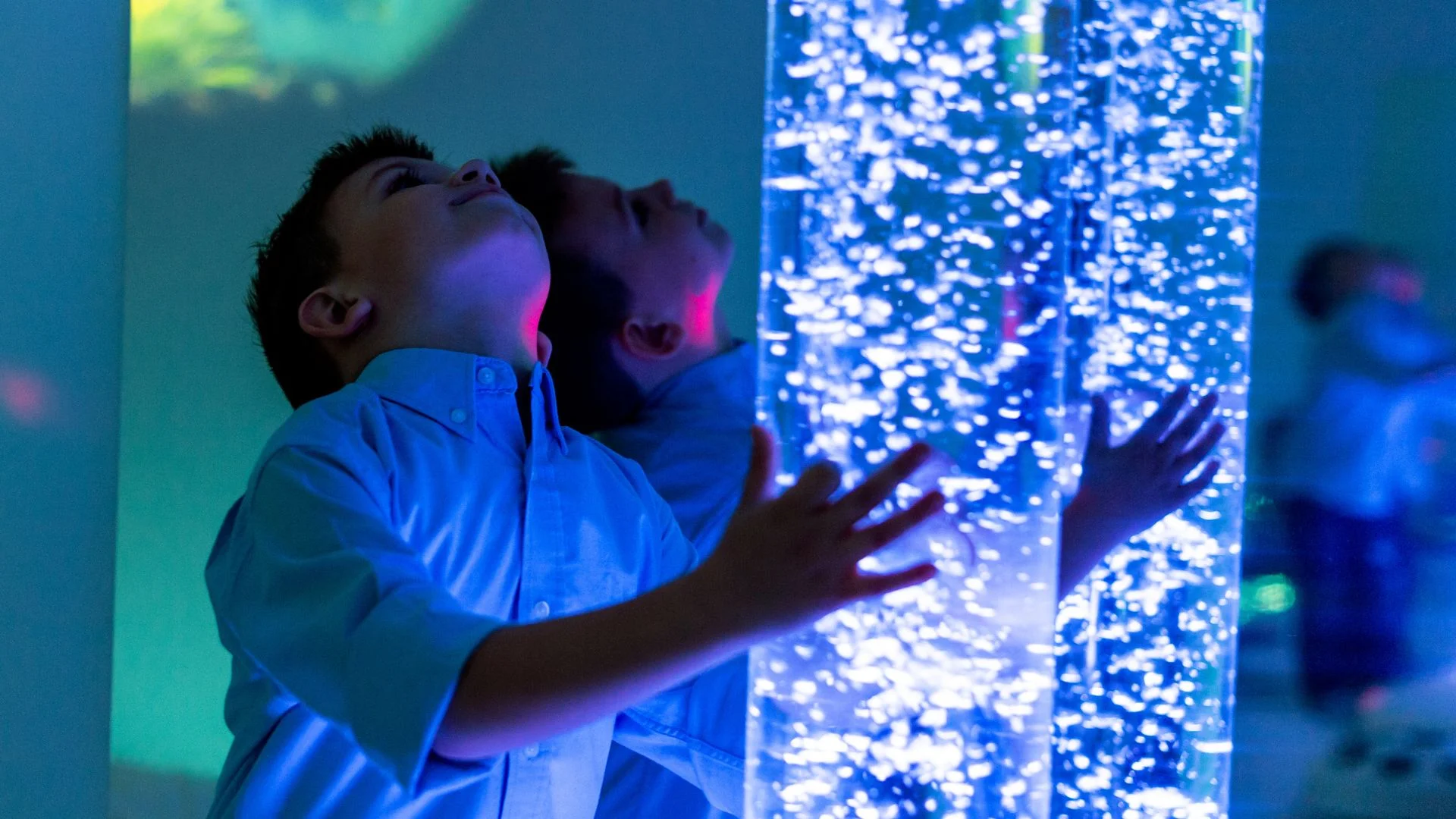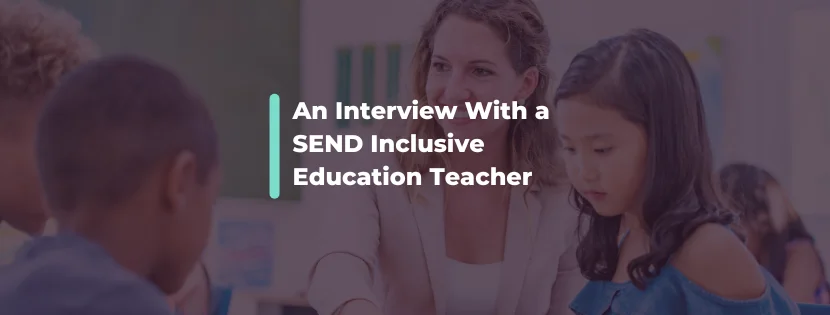What Is The Curiosity Approach For EYFS?
08 Aug, 20241-2 minutes
In this blog, you will learn:
- What the Curiosity Approach is.
- What age the Curiosity Approach is for.
- The five ideas of the Curiosity Approach.
- Benefits to adopting the Curiosity Approach in Early Years Foundation Stage.
- Discover more about our education recruitment services.
Early childhood is a time for fun, curiosity and imagination with opportunities to develop and learn more about the world. However, the pressure on children to participate in school activities and excel in all subjects is increasing.
With a greater focus on learning at an early age rather than instinctive play, it is important to encourage children to be curious and inquisitive learners.
In today's digital world and fast society, it is important for children to have opportunities to be curious, learn and play in natural environments. The Curiosity Approach encourages Early Years to be young, active learners and to explore the world around them.
In this guide, we’ll identify what the Curiosity Approach is, who it's for, and why it is important as we uncover how to ignite a child’s natural curiosity.
What is the Curiosity Approach?
Founded in 2017, the Curiosity Approach is a creative and innovative approach to supporting child development in the early years. The Curiosity Approach was discovered by Lyndsey Hellyn and Stephanie Bennett, two educators with over 50 years teaching and leadership experience.
The aim of the Curiosity Approach is to nurture young minds and create impactful experiences for young children and emphasise a child-led, curiosity-driven and play-based learning environment.
The Curiosity Approach focuses on encouraging curious minds to thrive rather than shaping every child’s education journey. This means that they can have individual learning experiences based on their own individual interests and discoveries. Over 4,000 educators working in over 20 countries signed up to the Curiosity Approach accreditation.
What age is the Curiosity Approach for?
The Curiosity Approach is for children from birth to 4 years old. Babies and young children observe older children and adults and learn from the way they navigate the world. However, it is also important for them to be able to discover things for themselves through play.
At such a young age, children engage, play and learn the most about those around them through exploration and curiosity. In the early years, play is crucial to ensure that children are active and engaged in their environment.
Intuitively, children are more likely to explore and choose their own activities and interests. The Curiosity Approach encourages children under the age of 4 to become ‘thinkers’ and ‘doers’ and have fun while they explore.
What are the five ideas of the Curiosity Approach?
- Create a stimulating environment.
- Encourage child-led learning.
- Foster inquiry-based learning.
- Incorporate play-based learning.
- Promote collaborative learning.
Create a stimulating environment
The first step to implement the Curiosity Approach is to create an environment that encourages children to have fun and use their imagination. Ensure that the environment sparks children's interest and provides them with the opportunity to explore, experiment and be fascinated by the natural world.
Making use of natural materials e.g. leaves, stones, sand, bark, wood, sticks and shells can stimulate learning and exploration.
Encourage child-led learning
In a conscious effort to make sure early childhood is fully play-based and not just a preparation period for schools, the Curiosity Approach encourages children to be led by their own curiosity and to enjoy learning on their own.
Instead of deciding what children should play with and providing them with toys or tools, nursery practitioners encourage children to make their own decisions when it comes to learning.
This includes how they choose to learn to foster independence and confidence to make learning more relevant. Children can explore at their own pace and learn based on their own interests and curiosity.
Foster inquiry-based learning
Through child-led learning, students can learn on the go and will likely become interested or curious about what they see or discover. Children are bound to have an interest in their environment especially if they are outdoors and playing with natural materials.
The Curiosity Approach means that children are encouraged to ask questions and explore things further. Teachers and Teaching Assistants should ask questions to make children think beyond what they see and even consider different scenarios. Asking questions stimulates critical thinking skills and encourages children to investigate in order to better understand the world around them.
Incorporate play-based learning
Play is crucial for Early Years children as it offers them plenty of benefits and opportunities to learn, grow and socialise. Play-based learning allows children to discover the world in different ways through play and exploration.
The Curiosity Approach emphasises play-based learning as it can improve and enhance physical development, social skills and cognitive growth. Hands-on experiences, play based learning and play scenarios give children the opportunity to discover outcomes and different concepts in a fun way.
Promote collaborative learning
The Curiosity Approach encourages children to learn from each other’s perspectives and work together. Collaboration from a young age not only enhances social interaction and improves communication skills but also fosters empathy, respect and an understanding of others.
By watching and learning from others, children can still make their own decisions and be influenced by different people. Collaborative learning instils life skills in children from a young age which means that they discover how to engage with others as well as experience different people in the world.
What are the benefits to the Curiosity Approach?
There are many benefits to the Curiosity Approach:
- Less technology, more outdoors.
- Promotes independence and confidence.
- More respectful.
- Enhance creativity and imagination.
- Reignite educators passion for their role.
Less technology, more outdoors
The Curiosity Approach encourages children to play and one of the best ways to do this is by focusing less on technology and more on actual play. In the current digital age, a growing number of children own or have access to electronic media devices at an increasingly young age.
When children are playing on an iPad or device, they experience less supportive face to face interactions with real people, which are essential for good language development and communication skills.
The Curiosity Approach supports the development of social skills, emotional regulation, and empathy through collaborative play and group activities. If children aren’t online or staring at screens, they can be encouraged to spend more time outdoors!
As part of the Curiosity Approach, children are brought back to the basics of play and are encouraged to play together and learn about nature.
Understand natural resources
Another benefit to the Curiosity Approach is the use of natural resources over commercial toys and gadgets. Children are encouraged to explore the world around them and make their own games, rather than be forced to play with plastic toys and electronic devices.
The electronic gadgets, and toys today are ‘playing’ more than the children do. The belief that toys and devices are too intelligent and are making children passive, means that people are encouraging children to go outdoors more and be curious about natural materials and resources.
When children are left to their own devices, they can use or play with whatever they find and make their own games and entertainment. Being surrounded by natural resources and the environment can also foster an interest in the environment and the natural world.
Environment
Another benefit of the Curiosity Approach is that it fosters a peaceful environment whereby Early Years children can thrive, play and relax. The Curiosity Approach believes in the importance of providing children with an environment that is comfortable, safe and calming, in order to give them the best opportunity to learn and play.
Overstimulation and a noisy environment can negatively impact children’s mental health and wellbeing. An environment that is calm and feels different to a typical academic setting can provide children with a place to communicate with others, make friends and better prepare them for the real world.
Making the classroom feel familiar and welcoming can make children feel safe, eager to learn and helps with separation anxiety - especially for children missing home or family. When children have an environment that is full of learning opportunities, they are more likely to be more respectful of others and their surroundings.
Enhance creativity and imagination
Outdoor play with natural resources and tools can be a great way to encourage children to be creative and curious. When using natural objects with no fixed identity, children have the freedom to use their creativity and imagination to play.
It’s the child’s choice what they play with and what the object means to them. This in turn means children have more opportunities to develop and learn by being curious and playful and each child will make their own decisions and have their own experiences. Children can choose what they want the object to do, what it means to them and be free to make up their own mind without judgement.
The Curiosity Approach encourages creativity and imagination allowing children to develop their own theories and discover more about the world through exploration.
Reignite educators passion for their role
For many Nursery Practitioners, they feel their role has been taken over by paperwork and the enthusiasm for planning and building relationships with children has been pushed aside. Due to the pressures and routines on nursery staff, there has been less of a focus on encouraging children to be curious and explore their surroundings, and more effort on delivering results and pushing children to begin learning at a young age.
The Curiosity Approach benefits Nursery Practitioners as it gives them more time to spend with children and reignites their passion for early childhood. They can reconnect with their class and form stronger relationships without worrying about schedules or paperwork.
This also allows them to be more present and active with their students, and remind them of why they chose this job in the first place.
Recruit teaching staff
As a specialist education recruitment agency, we support mainstream and SEND schools with their temporary, permanent and temp-perm staffing needs.
We currently work with hundreds of schools and have exclusive access to some of the best Teachers and Teaching Assistants in the North West.
If you’re struggling to fill a teaching vacancy, why not get in touch with one of our team to see how we can help?
Primary schools - Jimmy Callagher
Secondary schools - Liam Jones
SEND schools - Jamie Heath
Teaching jobs
If you’re searching for your next teaching job, why not take a look at the latest teaching vacancies, or simply upload your CV to be notified when a relevant position becomes available.
Who is Spencer Clarke Group?
Established in 2017, we’re a vibrant and progressive recruitment agency based in the heart of the North West.
We continually reimagine the recruitment process to challenge convention and defy expectations; from creating a better recruitment experience to remodelling employee engagement, we thrive off doing things differently and turning heads along the way.
We operate in two sectors:
In eleven specialisms:
Healthcare, Social Care & Nursing
Corporate Functions & Business Support





